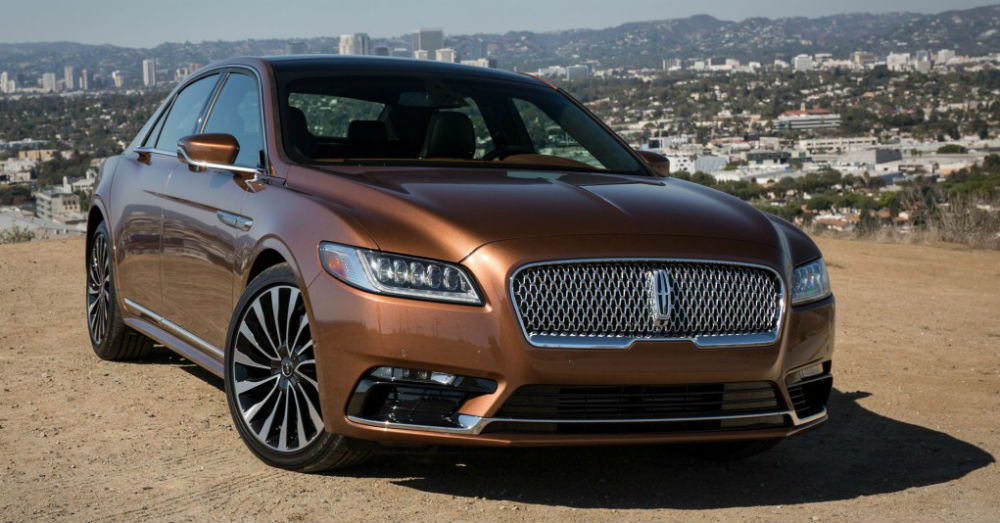Stock Car Auto Racing was born, as many of us know, from the illegal transportation of moonshine across county and state lines with the intent to sell and make a profit. In order to transport this illegal concoction, “shiners” had to have cars that could outrun the law enforcement vehicles at the time and in many cases did just that. From this chase laden activity and the high-performance cars that were part of the equation, Stock Car racing was born to be a sport that showcased cars you would actually see on the road, much different from those found in the Formula 1 Circuit.
Aerodynamic Challenges
The challenge for many racing teams, after a few years of simply working over the engines and trying to boost the horsepower was how to improve the aerodynamics. In the 1960s, Ford engineers figured out increasing a lap speed by 5 mph would require either an improvement in horsepower of 85 or a 15 percent reduction in drag. Because many engines of the time were already as powerful as they could be from the available technology, these engineers looked to better aerodynamics.
Adding to the need for better aerodynamics was the inclusion of several superspeedways on the schedule. The large tracks offered long straightaways to make any advantage in cutting through the wind a huge benefit to rocket a driver to the front of the race. Legend had it Smokey created one of the first cars to take real advantage of aerodynamics, but the truth is he was not the first or the only. To improve the drag coefficient, engineers brought some changes to the Chevelle models that were racing on the tracks at that time.
These changes included bring the front bumper back and lowering the front end to create an air dam. The underbody of the car was rearranged to be as smooth as possible to help reduce drag. The body was also shifted on the chassis to optimize the center of pressure and the roof was shaped to generate downforce like a spoiler. Unfortunately these changes were never allowed by NASCAR and the concept model built was sold.
Engine Challenges
The 1966 NASCAR season marked a glorious point in history for NASCAR. For years the Hemi engine had not been allowed in the Plymouth and Dodge race cars because NASCAR felt they were not reflective of those found in street legal cars. Finally in 1966 they allowed the Hemi engine, which infuriated the Ford teams who pulled out of racing for the year.
During the time the Hemi engines were not allowed, Junior Johnson built a Galaxie that would thumb his nose at the Fords and NASCAR by offering a premium on aerodynamics. This car had a lower angle of attack, a lower roof and a wider rear deck to look similar to the Porsche 917K. This car only got to run one race and ended with a DNF but also with an agreement between Johnson and NASCAR to not bring the car back to the racetrack. In 1967 Ford came back to NASCAR and Mario Andretti won the Daytona 500 in a Ford Fairlane.
Templates and Regulations
Because car builders were becoming bolder and learning how to cut the wind on a regular basis, NASCAR began adding a technical inspection to its regulations which included body template inspections for each car model that was in competition. The templates were fitted to the cars to ensure teams were not cheating, but many teams found ways to avoid some of the regulations and work their way around the rules; something we still see today as each team attempts to gain as much of an advantage as possible.
1976 Troubles
In 1976 the qualifying times of A.J. Foyt and Darrell Waltrip were disallowed, even though they were the top two times because they used nitrous oxide to improve their speed chemically. Dave Marcis was lost in the pandemonium of this event. Marcis had the third fastest time and was also disqualified for an illegal bypass flap on the front of the car which blocked the radiator, giving Marcis a huge advantage aerodynamically and earned him the time that would have easily been the fastest had the other two not used nitrous oxide. This flap changed the air flow around the front of the car which was great for a short qualifying run.
1995 Another Is Found
In 1995 at the Daytona 500, the car owned by Bill Davis was disqualified and fines were levied in the amount of $35,000. This was due to the decklid hydraulic pump that was discovered, which made it possible for the driver to balance the aerodynamics of the car with the use of this pump. Even though NASCAR was impressed with this ingenious way of improving aerodynamics they had to disallow it under the current rules of the time.
Aerodynamics has become a huge part of NASCAR racing ever since the discovery of making a bigger difference in the overall speed and performance of a race car from the use of advanced aerodynamics. A race team can only beef an engine up so much, but new and better ways to cut wind resistance, create downforce, and have lighter vehicles are continually being found and tried.
This post may contain affiliate links. Meaning a commission is given should you decide to make a purchase through these links, at no cost to you. All products shown are researched and tested to give an accurate review for you.




